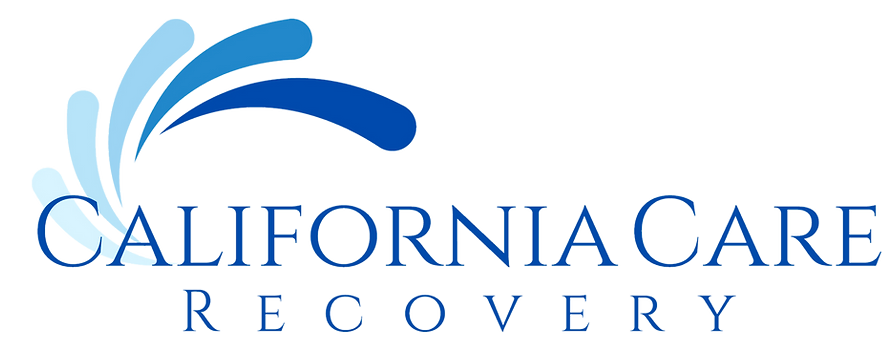Breaking Down Communication Barriers in Mental Health Care
Clear communication is the foundation of mental health care. Whether it’s explaining symptoms, exploring emotions, or understanding a treatment plan, the ability to exchange information openly and accurately is what makes therapy and support effective.
For many people, however, communication barriers make these conversations harder — and sometimes impossible. These barriers can affect whether someone seeks help at all, how they experience care, and their likelihood of continuing treatment.
By understanding the different types of communication barriers and how they can be addressed, mental health care providers, patients, and communities can work together to create a more inclusive and supportive environment for everyone.
Why Communication Is So Critical in Mental Health
In most areas of healthcare, clear communication is important. In mental health, it’s absolutely essential.
Here’s why:
- Treatment depends on self-reporting. Unlike a broken bone that shows up on an X-ray, mental health challenges are described through words, tone, and behavior.
- Trust and rapport build progress. A strong therapeutic relationship depends on understanding and connection, both of which require clear communication.
- Subtle cues matter. The way a person describes their experiences — or hesitates to — can influence diagnosis and treatment.
When those connections are disrupted by language barriers, hearing challenges, or cultural misunderstandings, the quality of care can suffer.
Common Communication Barriers in Mental Health Care
1. Language Differences
In the United States, millions of people speak a primary language other than English. Without access to professional interpretation or translation, patients may struggle to share complex thoughts or understand their provider’s recommendations. Even fluent English speakers might miss subtle medical terms or nuances.
2. Hearing Impairments
For Deaf and hard-of-hearing individuals, accessing therapy can be challenging if providers don’t offer ASL interpreting or live captioning. Virtual sessions without captioning support can create additional barriers to care.
3. Cultural Communication Styles
Culture can influence the way people express themselves, make eye contact, or talk about sensitive topics. For example, in some cultures, openly discussing mental health is discouraged, which can affect how much a patient shares. Without cultural awareness, providers may misinterpret these behaviors.
4. Complex or Technical Language
Mental health professionals often use clinical terms or jargon that can feel overwhelming. Without plain-language explanations, patients may leave sessions confused about their diagnosis, treatment, or next steps.
The Impact of These Barriers
Communication challenges in mental health care can have serious consequences:
- Misdiagnosis or delayed diagnosis
- Reduced engagement with treatment plans
- Lower trust in healthcare providers
- Higher dropout rates from therapy or programs
- Emotional distress from feeling misunderstood
These aren’t just inconveniences — they can directly affect someone’s recovery journey.
Strategies to Overcome Communication Barriers
Improving accessibility in mental health care requires a combination of tools, training, and awareness. Some effective strategies include:
- Spoken Language Interpretation – Professional interpreters can help patients and providers communicate clearly without relying on family members or friends.
- ASL Interpreting – Qualified sign language interpreters can ensure Deaf and hard-of-hearing individuals can participate fully in therapy.
- Live Captioning – Adding real-time captioning to virtual or in-person sessions can make a big difference for those with hearing loss.
- Plain-Language Communication – Replacing jargon with simple explanations makes information more accessible for everyone.
- Cultural Competency Training – Helping providers understand cultural differences in communication can reduce misunderstandings.
- Accessible Media Services – Making educational videos, therapy resources, and online content accessible ensures no one is excluded.
Example: Inclusive Communication Services
While there are many organizations working to improve accessibility, one example is Inclusive Communication Services. Based in New York City but serving clients across the country, they provide spoken and sign language interpreting, translation, captioning, and media accessibility services for Deaf, Blind, and non-English-speaking communities.
Some of the services they offer — which can be valuable in healthcare and mental health settings — include:
- Spoken Language Interpreting – In-person or virtual interpretation for non-English speakers.
- ASL Translation and Interpreting – Support for Deaf and hard-of-hearing individuals.
- Live Captioning – Real-time captions for meetings, events, and telehealth.
- Accessible media production – Making online and video content usable for a wider audience.
While their work isn’t limited to mental health, these services can remove key barriers to communication, making it easier for individuals to access the care they need.
Why Accessibility Benefits Everyone
While communication barriers often affect specific groups, improving accessibility helps all patients. Plain language, culturally sensitive communication, and clear explanations can benefit anyone — not just those with identified needs.
For example:
- A first-time therapy client may feel more comfortable when information is broken down in everyday language.
- A bilingual patient may appreciate having session notes in their preferred language for better understanding.
- Someone attending a virtual support group might find captioning useful even if they don’t have a hearing impairment.
When accessibility is built into mental health services from the start, it creates a better experience for every client.
Looking Ahead
Breaking down communication barriers in mental health care is an ongoing process. It requires collaboration between providers, accessibility experts, and community organizations. The goal is simple: ensure that no one is excluded from care because of the way they communicate.
By investing in interpretation, captioning, accessible resources, and cultural competency, the mental health field can move closer to a system where every person — regardless of language, hearing ability, or background — can be fully heard and understood.
